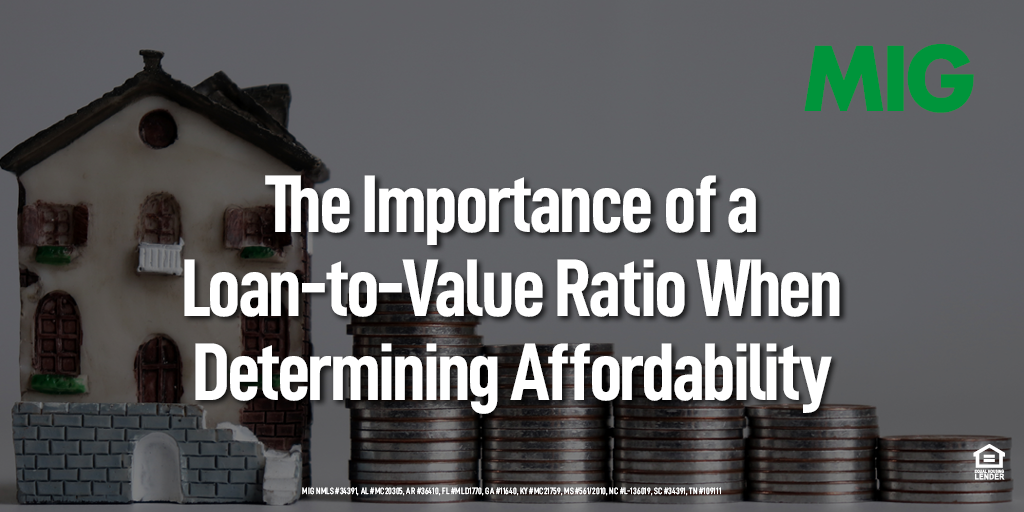
Some of us may not enjoy math, but there are certain ratios you need to understand when it comes to buying a home. They, in addition to other factors like your credit score and how much of a down payment you have saved, play a big part in whether you can qualify for a mortgage loan. Here are some ratios to educate yourself on before you begin your purchasing journey.
Loan-to-Value Ratio (LTV)
This ratio takes the amount of money you’re borrowing and divides it by the value of the home you’re purchasing. For example, if you’re purchasing a $200,000 home and are borrowing $160,000, your LTV is 80%. The other $40,000 would most likely be coming from a down payment. Lenders equate a higher LTV with higher risk. Most traditional mortgages want to see an LTV at or below 80%. There are some programs, such as FHA or VA, that allow a higher LTV and a smaller amount down.
Housing Ratio
When you’re making a budget, the expenses for your home generally take up a good amount of it. It’s important, however, to not get in over your head with housing costs you can’t afford or might not be able to meet every month. This is why lenders look at a housing ratio, which is the percentage of your income that will go toward housing expenses compared to your total income. To calculate this ratio, add up what you will pay for the monthly payment, including taxes, interest, and insurance.(You may hear this total called your PITI). Divide this number by your total gross monthly income. For example, if your gross income is $4,000 a month, and your housing costs add up to $1,500 a month, your housing ratio is 37.5%. Lenders like to see this ratio stay at 28% or below. Any higher than that, and you start looking like a bigger risk for non-payment. Proactively see how much you can afford with our mortgage calculator.
Debt-to-Income Ratio (DTI)
This ratio, also referred to as the DTI, is another important metric that lenders use in determining whether you qualify for a mortgage loan, and the amount you can qualify for. Having a high amount of debt can hinder your ability to qualify. Figure this ratio by taking your total monthly debt payments such as car payments, credit cards, student loans, mortgage payments, child support, and any other debts (don’t include cell phone or utilities). Divide this total by your total gross monthly income. For example, if your car payment is $400, credit cards are $500, and your student loan is $400, the total is $1,300. If your total gross income is $4,000, then your DTI is 32.5%. That figure doesn’t include your new home. A favorable DTI that lenders like to see is usually 36% or less.
Talk to one of our expert loan officers at MIG today to find out how much house you can afford. Take that first step toward owning your new home now!
![Mortgage Investors Group in [Dynamic1]](../assets/images/mortgage-investors-group.svg)


